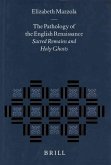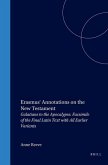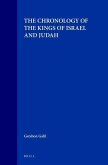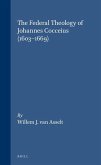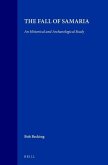Tears and weeping are, at once, human universals and socially-constrained phenomena. This volume explores the interface between those two viewpoints by examining medical literature, sermons, and lyric poetry of the 16th and 17th centuries to see how dominant paradigms regarded who could, who must, and who must not weep. These paradigms shifted in some cases radically, during these centuries. Without a clear understanding of how the Renaissance 'read' tears, it is difficult to avoid using our own preconceptions -- often quite different and very misleading. There are five chapters; one on medical and scientific material, two on sermons, and two on different types of lyric.
Hinweis: Dieser Artikel kann nur an eine deutsche Lieferadresse ausgeliefert werden.
Hinweis: Dieser Artikel kann nur an eine deutsche Lieferadresse ausgeliefert werden.


